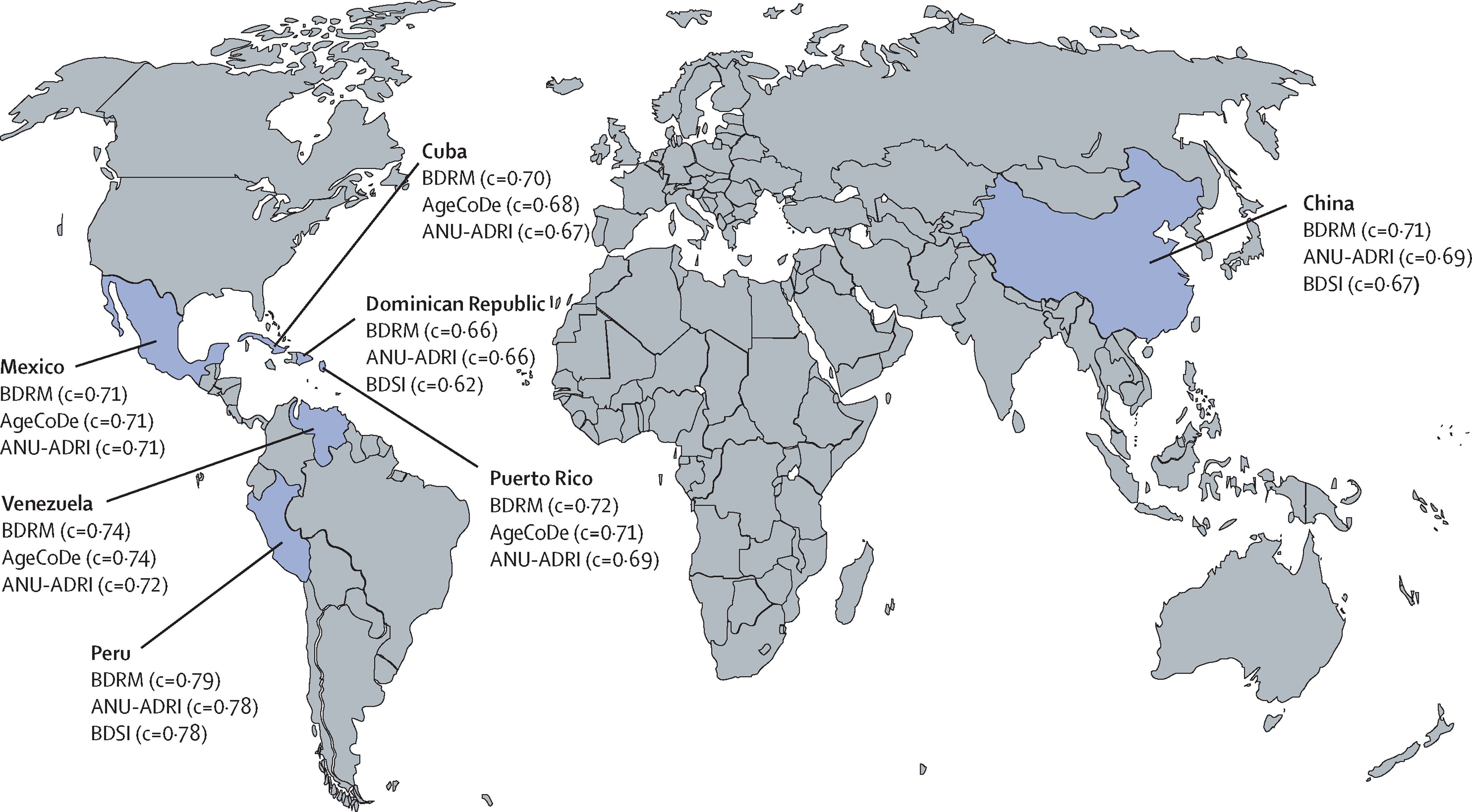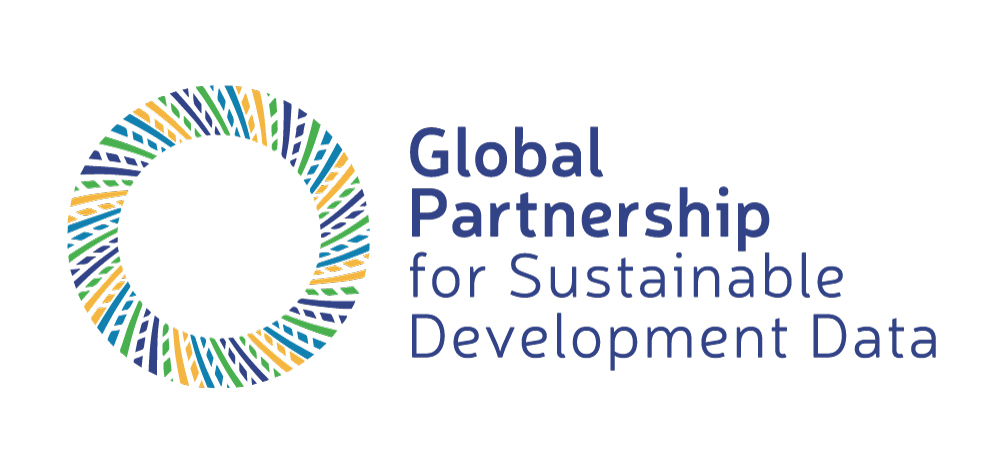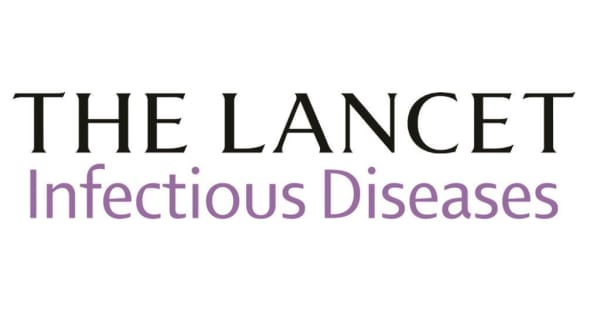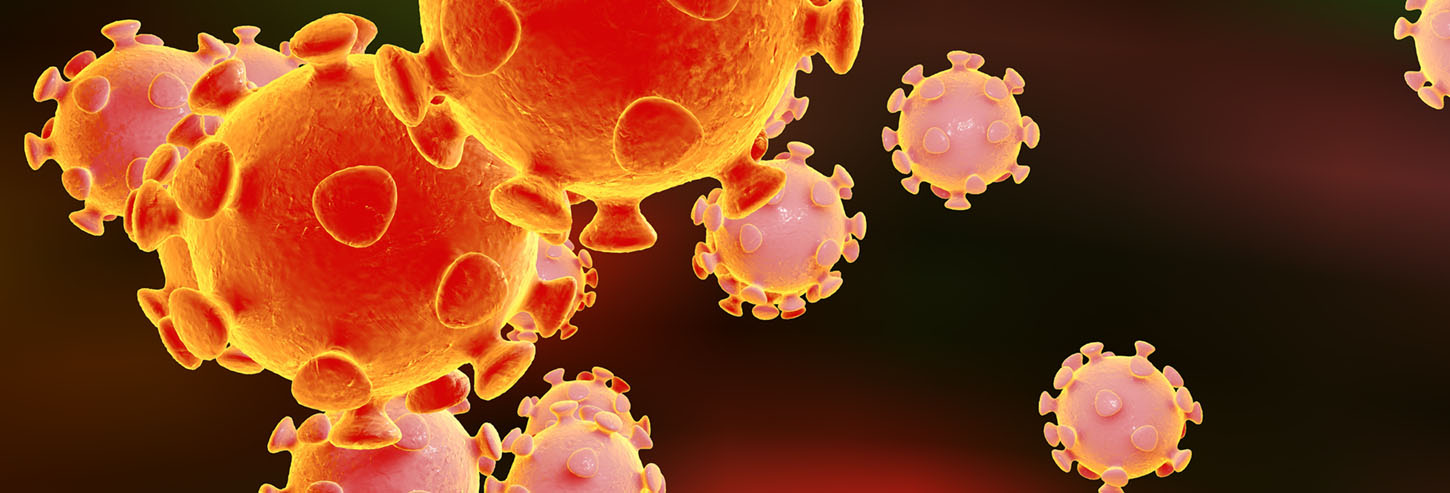An article in support of SDG 3, assessing whether and to what extent existing dementia prevention models developed in high-income countries can be extrapolated to low-income and middle-income countries, where dementia risk prediction research is almost non-existent.
This book chapter addresses goals 14, 13 and 6 by looking at the ecology and species conservation of freshwater habitats.
This book chapter addresses goals 7, 13 and 11 by looking at ecological technologies that transform natural resources into anthropocentric goods and services.
The SDG Impact of COVID-19 podcast series gathers expert opinion exploring the impact of COVID-19 on the Sustainable Development Goals. In this segment, we get the view of Dr Claire Melamed, CEO of the Global Partnership for Sustainable Development Data.
Introduction: Clitoral reconstruction (CR) is a controversial surgical procedure performed for women who have undergone medically unnecessary, often ritualistic genital cutting involving the clitoris. Such cutting is known by several terms; we will use female genital mutilation/cutting (FGM/C). Treatments offered to women affected by complications of FGM/C include defibulation (releasing the scar of infibulation to allow penetrative intercourse, urinary flow, physiological delivery, and menstruation) and CR to decrease pain, improve sexual response, and create a pre-FGM/C genital appearance.
Linked to SDGs 3 and 5, this chapter examines domestic homicides of older women through the lens of ageism.
The SDG Impact of COVID-19 podcast series gathers expert opinion exploring the impact of COVID-19 on the Sustainable Development Goals. In this segment, we get the view of John McConnell, the founding editor of The Lancet Infectious Diseases.
In this podcast series, we gather expert opinion on the impact of COVID-19 on the United Nations Sustainable Development Goals. Dr. Márcia Balisciano, Global Head of Corporate Responsibility, interviews leaders across disciplines on the effects of the pandemic on the global goals.
Climate change forcing, with the increasing of the extreme rainfall, is one of the major critical factors for major critical factors for Agricultural landscapes cultivated in hilly and mountainous areas.
This study indicates that croplands have a large potential to sequester Carbon through implementing better land use management practices, which may partially offset soil organic carbon loss caused by climate change.




